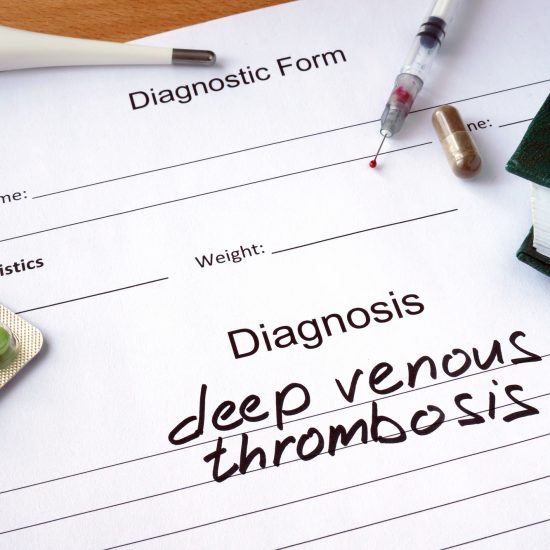Associations between Education and Low Blood Pressure Symptoms
 A long-term study conducted with 3890 participants from the Framing Offspring Study set out to determine if blood pressure is inversely linked with education in developed countries. The study consisted of participants who were put through 7 separate examinations over the course of 30 years. The average age of the participants was thirty-six years. The study was seeking to establish an understanding of whether low education was associated with high blood pressure through many long assessments. Factors that could cause a difference at the baseline were separated for better results.
A long-term study conducted with 3890 participants from the Framing Offspring Study set out to determine if blood pressure is inversely linked with education in developed countries. The study consisted of participants who were put through 7 separate examinations over the course of 30 years. The average age of the participants was thirty-six years. The study was seeking to establish an understanding of whether low education was associated with high blood pressure through many long assessments. Factors that could cause a difference at the baseline were separated for better results.
Monitor blood pressure with or without an education – After considering age, obesity, blood pressure medication, alcohol, and smoking, the ending results concluded that people with less than 12 years of education suffered higher systolic blood pressure versus people who had more than 17 years of education. There was an evident difference in results after adjustments between male and female participants were made. Women who had less than 12 years of education had a 2.69 mmHg higher systolic blood pressure symptoms compared to women who were educated for 17 years or more. The link between education and high blood pressure was less dramatic in men. Men, who were educated for 12 years or less, had 1.20 mmHg higher systolic blood pressure than men who went to school for 17 years or more.
Elevated systolic blood pressure causes a number of ailments, especially heart disease. The conclusion of the study further explains the risk factors of cardiac arrest and aspects of lowering blood pressure. Thus, there is a natural association between education and systolic blood pressure.
How to lower blood pressure – For health concerns, there are several ways to lower blood pressure. The first one is to exercise regularly, and implement vegetables, whole grains, and fruits into your diet. Limit the amount of alcohol you consume and reduce the amount of sodium in your diet.
As you can clearly see there is a benefit to getting an education in blood pressure. Not only can an education teach you how to lower blood pressure but it can also provide you with low blood pressure symptoms. For more information, please click here!
Also Read
Diet Soda is linked to Premature Births
Detecting Type 2 Diabetes Before You Have It




